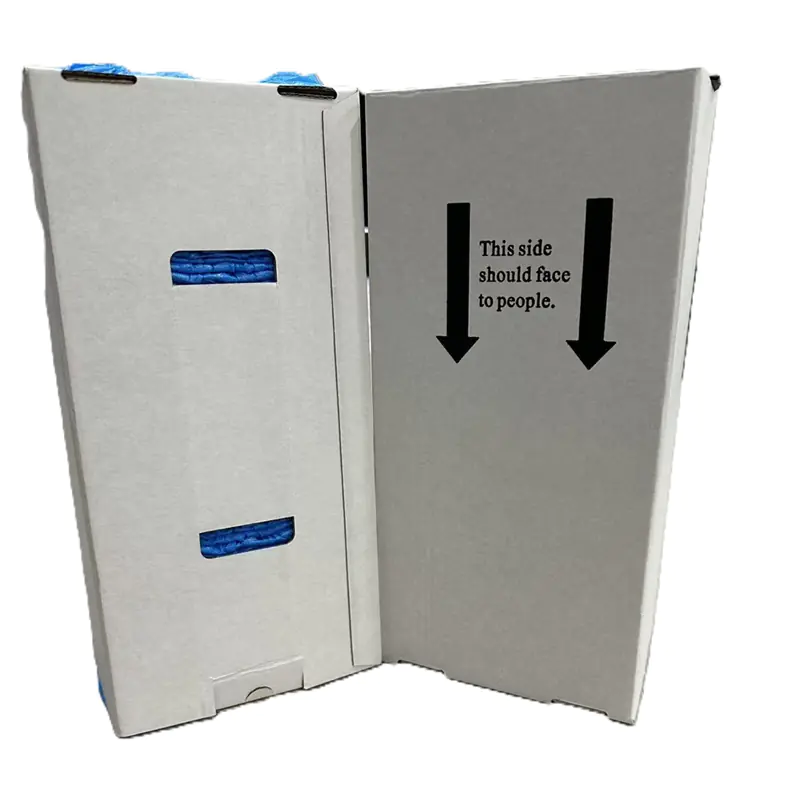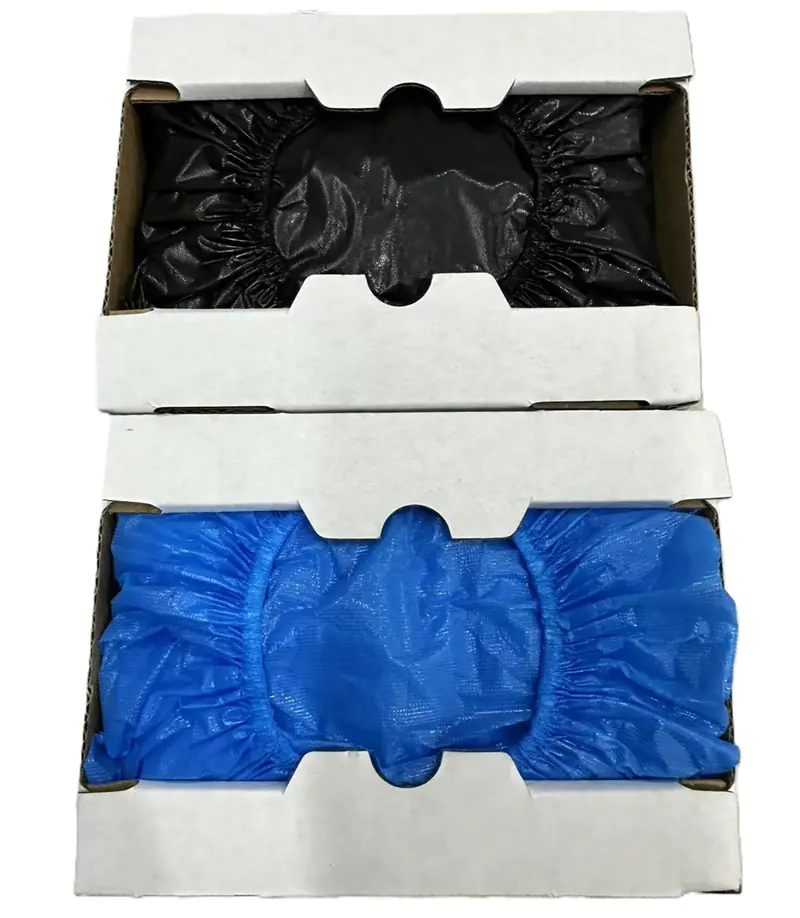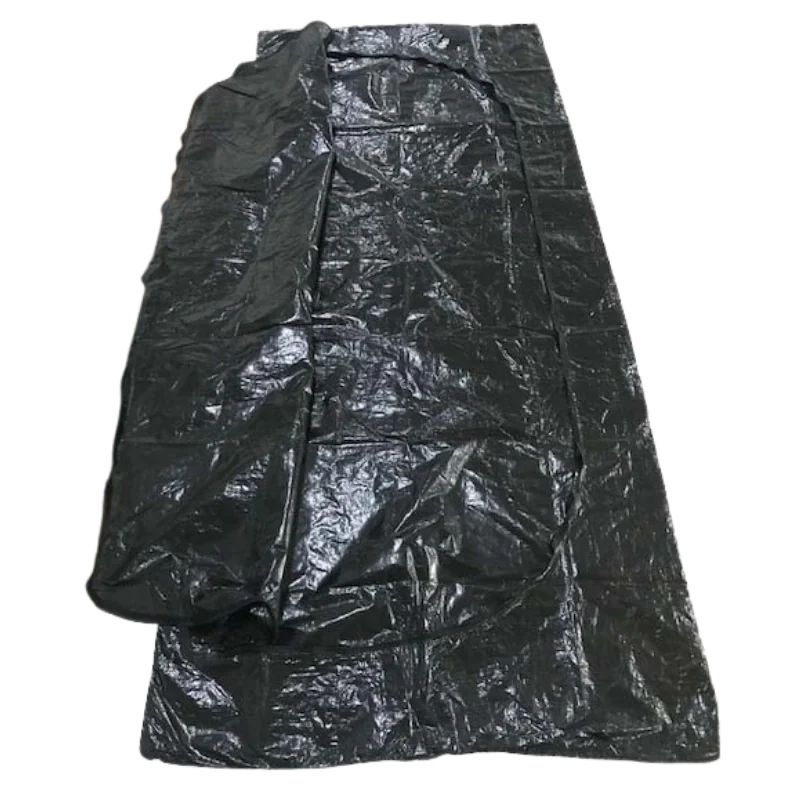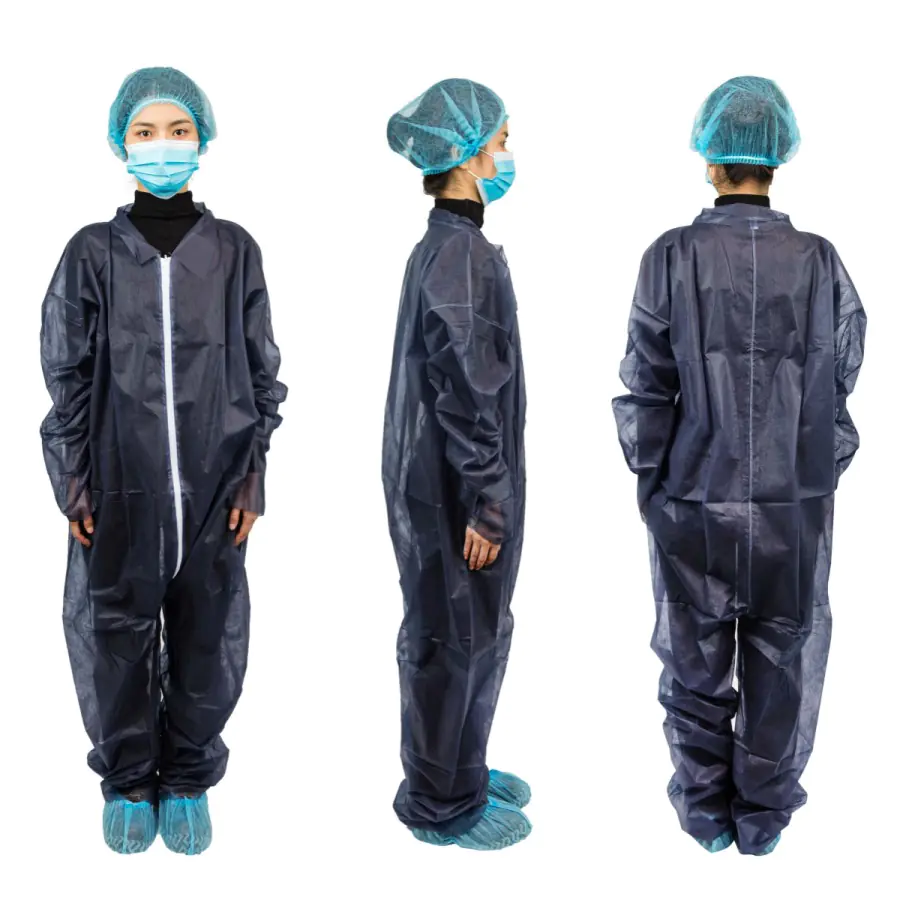Feeling comfortable in the hospital is very important. When patients feel good, they often heal better. But many hospital gowns are not comfy. Studies show lots of patients don’t like them. Using disposable patient clothes sets can help. These sets are clean and easy to use. Let’s look at 7 ways to improve patient comfort with these healthcare textiles.

1. Pick the Right Stuff for Healthy Skin
What the clothes are made of matters a lot for skin health.
- Choose soft things: Look for hypoallergenic materials. These are less likely to make skin itchy. Soft nonwoven fabrics, like polypropylene nonwoven, are good choices. Some meet special standards like Oeko-Tex® certification for safety.
- Let skin breathe: Use breathable medical gowns. Materials like Spunbond-meltblown-spunbond (SMS) fabric let air in but keep germs out. This helps with microclimate management next to the skin. Good airflow means a better Moisture vapor transmission rate (MVTR).
- Keep skin dry: Moisture-wicking hospital apparel pulls sweat away. This stops skin from getting too wet and sore. This is part of good moisture management systems.
- Be gentle: Choose skin-friendly disposable garments. Avoid things like latex if patients are allergic (Latex-free disposable wear). Look for cellulosic nonwovens or even emollient-infused fabrics for extra softness. Good materials help with skin integrity preservation and reduced skin irritation. Some fabrics even help with skin pH-balanced textiles. We need materials that follow biocompatibility standards (ISO 10993).
Key Standard: ASTM International sets rules, like ASTM F3352, for how comfy nonwoven fabrics should feel.

2. Design Clothes for Comfort and Moving
How the clothes are shaped makes a big difference.
- Easy to close: Use adjustable closure systems. Soft snaps or soft-closure fasteners (like gentle Velcro® alternatives) are better than tricky ties. Soft-grip gown closures are helpful too.
- Room to move: Ergonomic hospital garment design helps patients move easily. Things like snaps on the shoulder allow for non-restrictive mobility design. This helps with patient mobility optimization.
- No rough spots: Seamless medical clothing is great. It avoids rough edges that can press on skin. Studies show this can lower the risk of pressure ulcer prevention by a lot. Using non-abrasive seams and soft-edge binding materials helps. Shearing force reduction is also important.
- Fit for everyone: Offer many sizes, including bariatric-friendly hospital wear. Use color-coded sizing systems so staff grab the right one easily. Good universal sizing matrices and maybe even three-dimensional garment scanning can help get the fit right using anthropometric data integration. This supports universal design principles.

3. Keep Germs Away Without Hurting Skin
Being clean is key, but comfort still matters.
- Fight germs safely: Some infection control garments have antimicrobial fabric technology. But, it’s important this doesn’t harm the skin’s natural balance (skin microbiome protection). Sometimes, just keeping things clean is enough.
- Less dust: Use low-linting materials. This means fewer tiny bits floating in the air, which is better for Hospital-acquired infection (HAI) prevention and reduces the risk of spreading Multi-drug resistant organisms (MDROs).
- Block liquids: Have fluid-resistant patient wear, especially in key spots. This gives good barrier protection compliance. Look for ratings like AAMI PB70 (ANSI/AAMIB PB70 ratings) or standards like EN 13795 and ISO 22610 for surgical gowns. Consider thermoplastic polyurethane (TPU) coatings or Parylene coatings for extra protection. Even disposable non woven aprons add a layer of safety.
- Keep things sealed: Some gowns have perimeter sealing to stop germs from getting in. Using heat-sealed seams also helps. Following Hygiene Commission (KRINKO) guidelines ensures safety.

4. Special Clothes for Special Needs
Different patients need different things.
- After surgery: Post-surgical recovery clothing should be stretchy to fit over bandages or swelling. Post-operative compression apparel might also be needed.
- For kids: Pediatric hospital outfits can have fun colors or pictures. This makes things less scary. Sensory-friendly designs using noise-reducing fabrics can help too.
- Memory care: Dementia-friendly clothing should be very easy to put on (easy-donning hospital robes) and maybe have safety closures. Adaptive clothing technology helps here.
- Moms-to-be: Postpartum maternity gowns and disposable birthing gowns need to be comfy and practical.
- Cancer care: Chemotherapy patient apparel should be extra soft for sensitive skin.
- Older adults: Geriatric patient clothing solutions focus on ease of use and skin protection.
- Staying covered: Patient modesty preservation is vital. Designs should offer good coverage. This includes disposable underwear for healthcare, like cotton disposable underwear/panties/briefs, and disposable patient robes. Consider trauma-informed design to make patients feel safe.
- Medical tests: Some gowns need to be safe for X-rays (radiography-compatible gowns) using radiolucent medical fabrics like Tyvek®.
- Leaks: For incontinence protection layers, clothes might need built-in pads.

5. Caring for the Earth and Patients
Being green can make patients feel better too.
- Green materials: Use eco-friendly disposable textiles. Biodegradable medical textiles, like those made from bio-based polymers (e.g., PLA), are better for the planet. Look for eco-conscious disposables.
- Less waste: Using disposables means reduced laundry costs and less soiled linen reduction. Some places might have recycling programs through a Sustainable Disposables Consortium.
- Building trust: Patients often like knowing their hospital cares about the earth. It improves the enhanced care experience.
6. Putting Comfort First Every Day
Making these changes takes planning.
- Teach staff: Train nurses and aides on how to pick the best gown for each patient (gowning/draping protocols) and use things like quick-change garment systems. This improves nursing efficiency improvements.
- Ask patients: Use patient preference surveys or talk to patients after their stay (patient-reported outcomes). Their ideas help make things better. Use this feedback for patient-centered garment engineering.
- Smart buying: Look for cost-effective disposable solutions. Buying in bulk (bulk purchasing strategies) can save money. Compare the cost to the benefits of happier patients and fewer skin problems. Clinical workflow integration is key. Consider disposable hygiene kits that include clothing.
7. Checking if It’s Working
How do you know if the changes are helping?
- Watch scores: Track scores from patient surveys like HCAHPS scores related to comfort and dignity. Check JCAHO patient comfort metrics.
- Check skin: Monitor how often patients get skin problems like rashes or sores (skin integrity preservation, pressure ulcer prevention). Follow Pressure Injury Prevention Guidelines.
- See if staff follow rules: Make sure staff use the new comfy clothes correctly. Audits can check compliance with comfort-enhanced protocols. Aim for patient safety enhancements.
Conclusion: Small Changes, Big Comfort
Making patients feel comfortable and respected is a big part of good care. Using better disposable patient clothes sets is a simple way to do this. By choosing soft, breathable materials, using smart designs, and thinking about special needs and the environment, hospitals can make a real difference. Listening to patients and tracking results helps ensure these changes lead to a better psychosocial comfort in healthcare. Exploring options like disposable non woven patient gowns for the hospital is a great first step toward applying these empathetic design frameworks. Remember, patient dignity enhancement leads to better patient satisfaction metrics.











